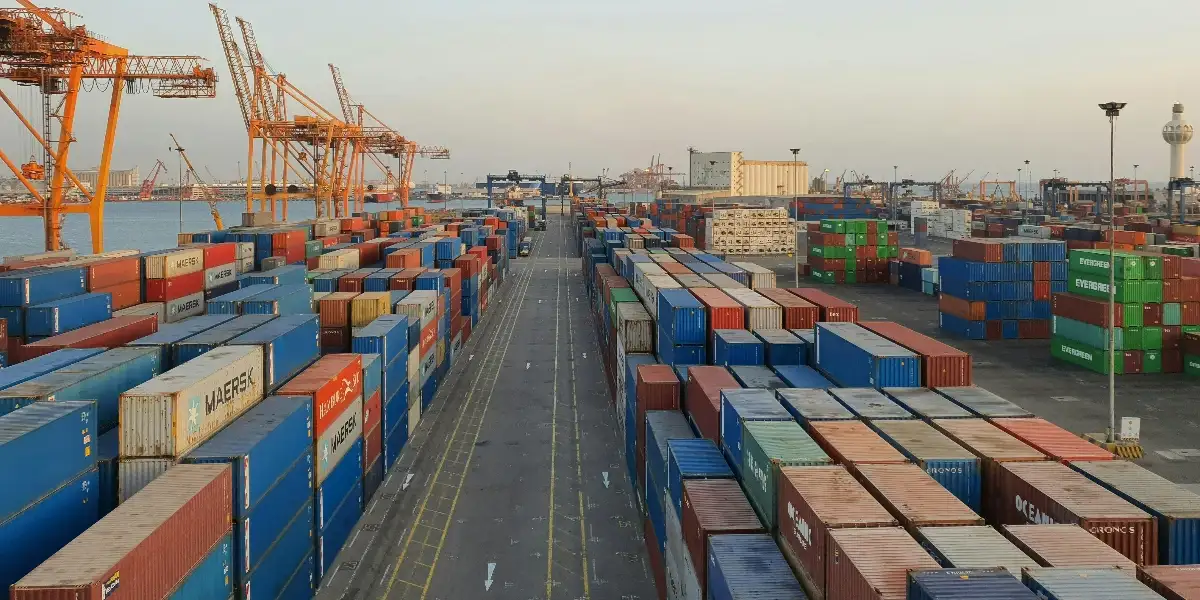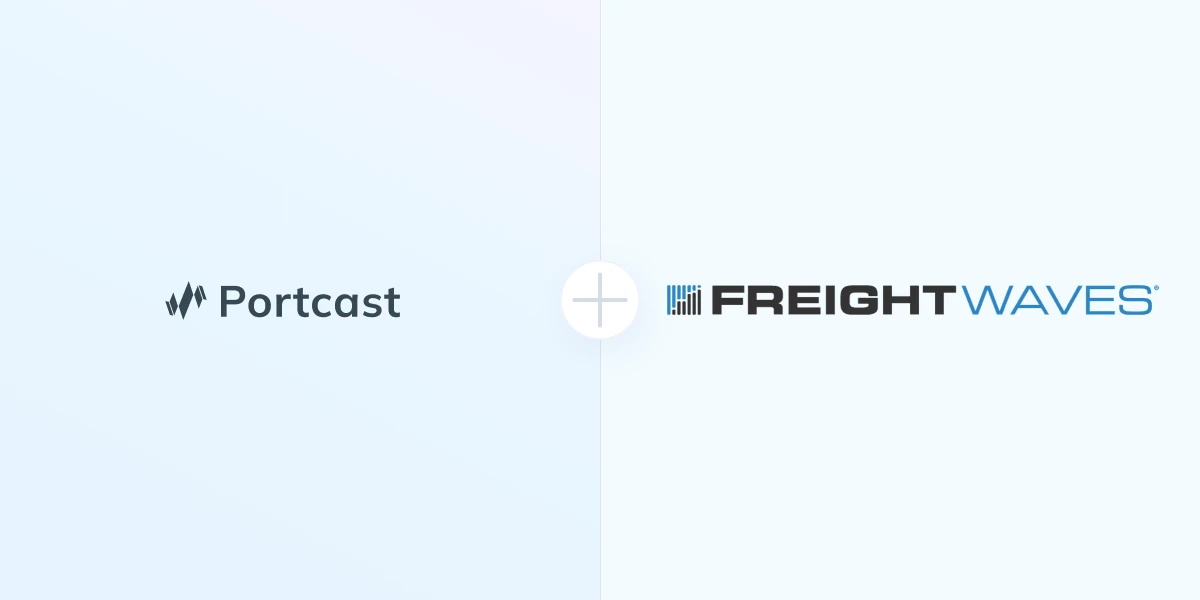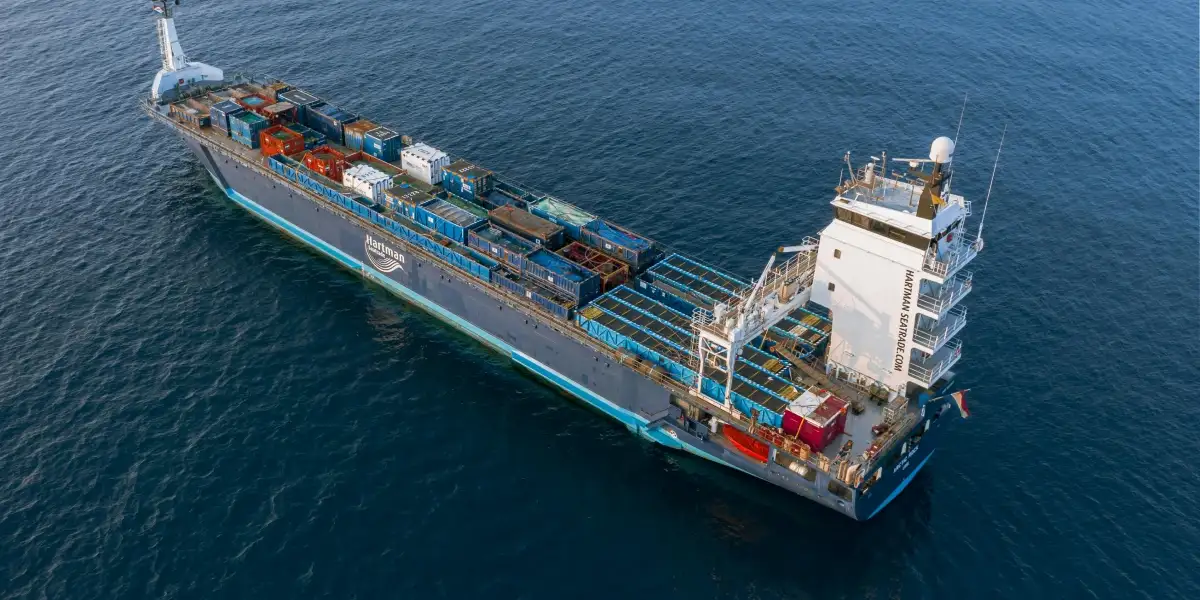The e-commerce leader’s revenues have only continued to grow despite chronic problems like port congestion, driver shortage, unforeseen delays, and inefficiencies in the supply chain due to the pandemic. Amazon seems to have known and tackled various supply chain problems even before they occurred. So what can other businesses with complex supply chains learn from Amazon’s seemingly omniscient intelligence?
The path towards excellence in supply chain management, at least from Amazon’s example, lies in owning and mastering all individual parts of the process. The e-commerce giant has essentially created a retail dilemma in the market by providing exceptional “total package” service. The entire purchasing experience is so seamless that it makes it almost too easy for consumers to spend money.
Amazon has built a stunningly comprehensive business model, but in terms of immediate success on a retail level, there are three areas where they excel:
- Prime delivery options for the end consumer
- Fulfillment services for vendors and sellers
- Deep, seasonal discounts and competitive pricing
But all these capabilities too might have failed to work during the pandemic if Amazon didn’t have a comprehensive logistics network in place. Instead, despite 97 vessels sitting in the Los Angeles and Long Beach ports on the 25th of December, driver turnover at large carriers is over 90%, and myriad other issues, Amazon still managed to fulfill orders on time.
What does Amazon do differently to future-proof their supply chain?
While other retailers and shippers had to pivot during the pandemic, shifting to air freight or paying high prices to ship cargo, Amazon continued investing in its robust logistics network. Their ocean freight business, including manufacturing their own containers, resulted in the company shipping 72% of all Amazon orders, up from less than 47% in 2019. The company controls everything, from equipment to freight, packaging, last-mile orders, in essence, its entire supply chain. With Amazon’s resources, managing and planning every step of their supply chain may sound simple, but how can the e-commerce giant future-proof its supply chain so intelligently?
Amazon’s success is not just due to its heavy investment in physical infrastructure. They have also pushed dollars into other aspects of their business.
- Amazon focuses on understanding consumer loyalty and purchase mindset. This involves studying shopper behavior at all touchpoints of the consumer journey - from awareness to purchase and feedback. Essentially, using its data analytics capabilities, the company can forecast demand. Their intelligence can even drill down the source and amount of future demand down to SKU level.
- This ability to predict demand allows the e-tailer to effectively plan necessary supply chain routes, roadblocks, container availability, and more. This ability to forecast future demand also enables them to plan and cultivate a network of warehouses and logistics services, enabling them to provide the “Fulfillment by Amazon” option to partner retailers. Based on all these factors, Amazon is able to accurately plan for future demand.
How can retailers and manufacturers improve their offerings, learning from the Amazon example?
Many omnichannel players, having a presence nationally or globally, could mimic Amazon and create their own physical logistics networks. However, this also requires a considerable amount of resources and time. Instead, investing in smart digital solutions can give businesses a much-needed boost in terms of operational efficiency. An omnichannel retailer looking to optimize its supply chain and avoid the bottlenecks needs to invest in digital solutions as the way forward.
Retailers and manufacturers can simply collaborate with 3PLs and 3rd party service companies to access and analyze data in a structured, robust manner, giving them ownership and insight into their supply chains. One efficient way to follow Amazon’s example, especially for retailers, involves tracking container visibility using digital systems like Portcast's container tracking:

Real-time container tracking tools allow retailers and manufacturers to track all shipments seamlessly. The need for manual involvement in tracking shipments is replaced by real-time data. This not only allows one to track shipments, but also anticipate problems and solve them in advance, thus making it possible for logistics and supply chain teams to perform efficiently.
How can logistics players such as freight forwarders, carriers, and cargo companies improve their offerings following Amazon’s example?
While many shippers and cargo operation companies have the pulse of the global trade, staying abreast of the rules and regulations and ensuring cargo reaches the destination on time is still a challenge for them. This is due to various unprecedented factors that freight forwarders and shippers cannot really monitor in real time. One method to solve this problem using Amazon’s example is increase data accessibility. Gathering real-time data and intelligent data analytics capabilities can give shippers the edge they need to stay afloat in this super competitive environment. Stakeholders in various shipping operations have the option to lean on data analytics to solve their problems with real-time intelligence on:
- Demand forecasting
- Dynamic pricing
- Intelligent asset allocation
Freight forwarders and cargo companies can also tie-up with 3rd service companies to expand their reach and diversify their services. Shippers, freight forwarders, last-mile service providers, and other such professionals can collaborate to exchange logistics capabilities as needed. If you are looking to improve your supply chain profitability, it’s time to invest in a digital service.
If you are looking for a tool to future-proof your supply chain, schedule a meeting with our visibility expert and we would be glad to assist you on a journey of improving your supply chain to Amazon’s level.







